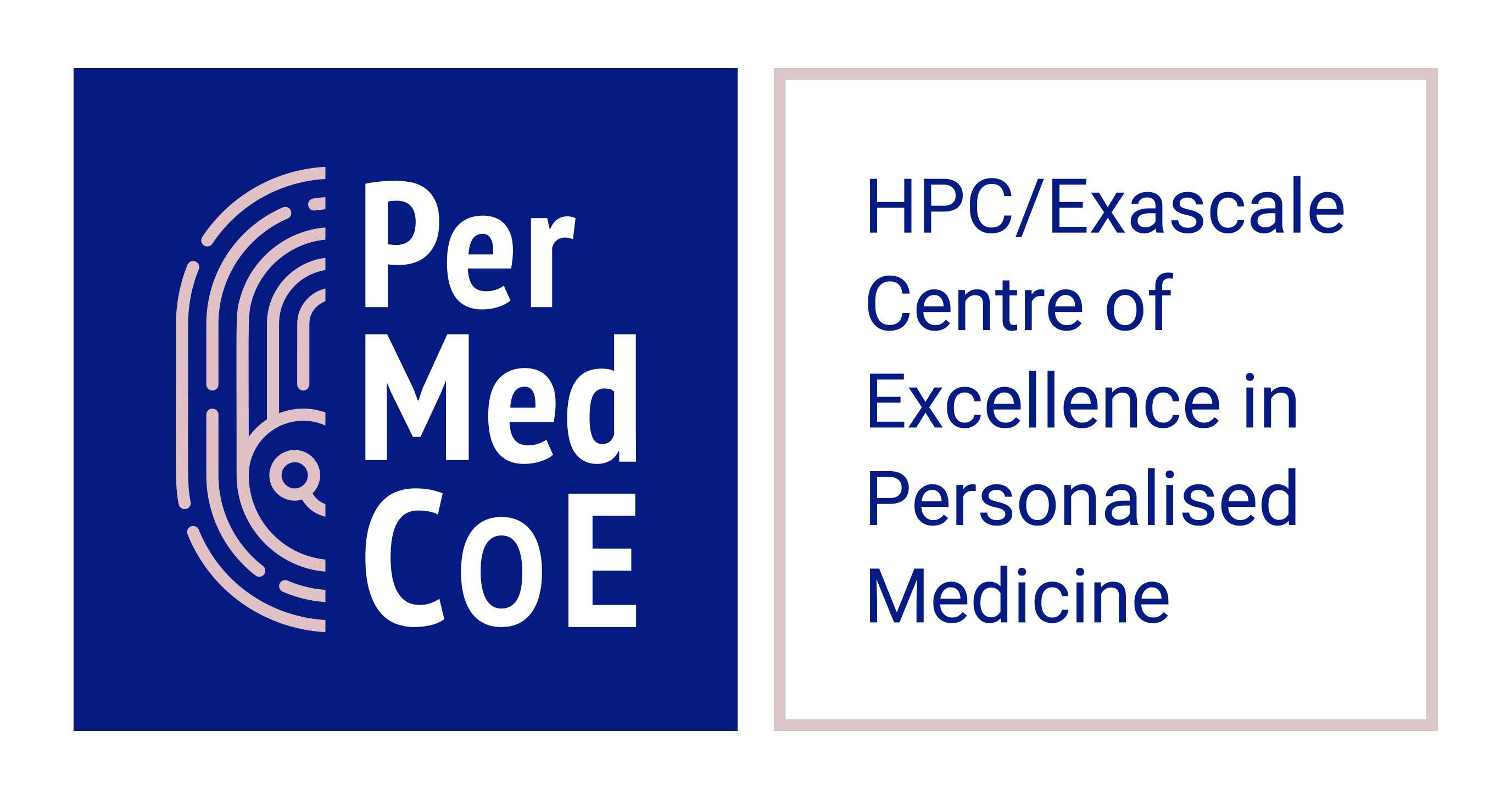Training materials
-
Bioinformatics, Computational Biology, Computer Science, Programming, Coding, Education, Data Science, Transcriptomics, Machine Learning
R for Data Science
•• intermediateBioinformatics Computational biology Machine learning Transcriptomics Computational Biology Coding Programming Data Science Data Analysis Computer Science Machine Learning -
Bioinformatics, Computational Biology, Computer Science, Programming, Coding, Education
R for Beginners
• beginnerBioinformatics Computational biology Computer science Coding Programming -
Learning pathway
Linux learning pathways
 • beginnerBioinformatics Linux Programming
• beginnerBioinformatics Linux Programming -
hands-on tutorial
Gentle Introduction to Python
 • beginnerPython script Software engineering Programming Python
• beginnerPython script Software engineering Programming Python -
E-Learning, Training materials
Biology meets Programming - Introduction to Bioinformatics using Python
 • beginnerBioinformatics Biology Python Python biologists Programming Data Analysis Sequence Analysis
• beginnerBioinformatics Biology Python Python biologists Programming Data Analysis Sequence Analysis -
e-learning
Biocuration: A curated set of EMBL-EBI online courses
Database management Natural language processing Ontology and terminology Programmatic access Programming Text mining Biocuration Biocurators User experience UX ELIXIR Converge
-
Introduction à la programmation Python pour la biologie
• beginnerPython Programming Python for Biologists -
Book
Bioinformática con Ñ
Bioinformatics Systems biology introduction to bioinformatics structural biology biomolecular databases phylogenetics Programming Sequence Analysis DNA RNA Virtual Screening molecular evolution molecular dynamics Molecular docking normal modes analysis Proteins protein folding protein structure alignment chromatin structure intrinsically disordered proteins data minning R-programming parallel computing bibliography management -
e-learning
UNIX Fundamentals
 • beginnerComputer science Problem based learning Programming Unix
• beginnerComputer science Problem based learning Programming Unix -
Introduction to Biopython
Bioinformatics Biopython Programming Python Python biologists
- 1
- 2